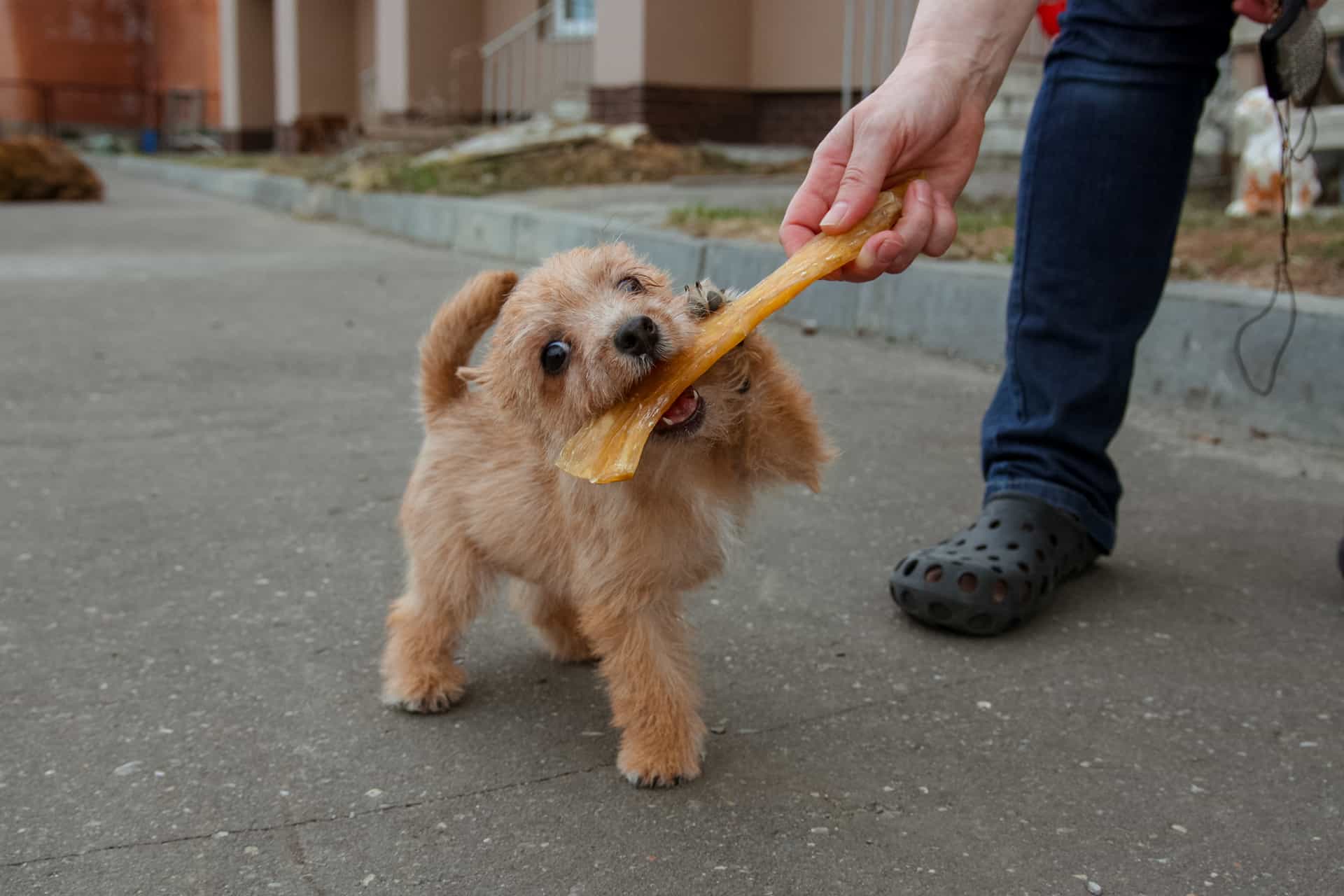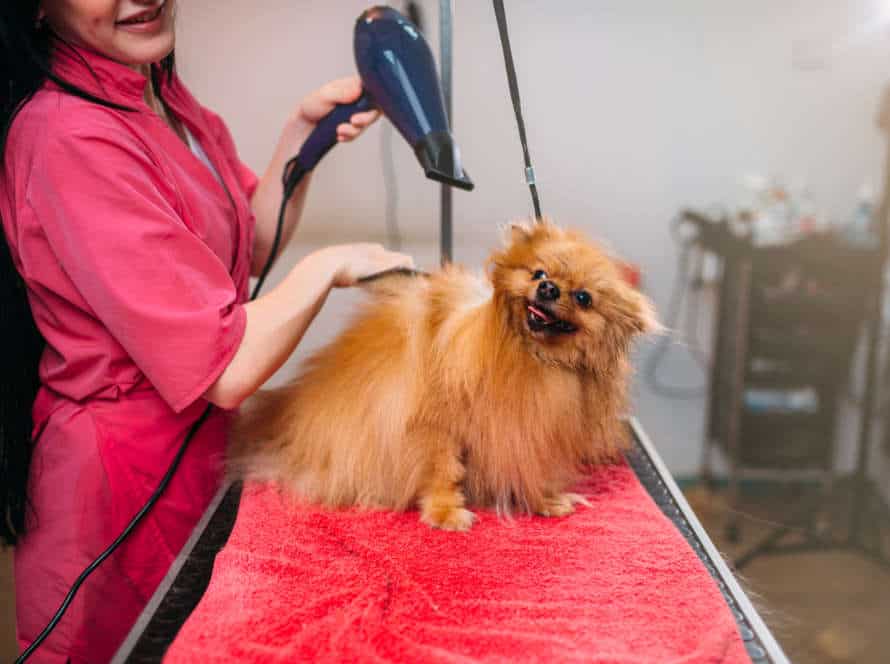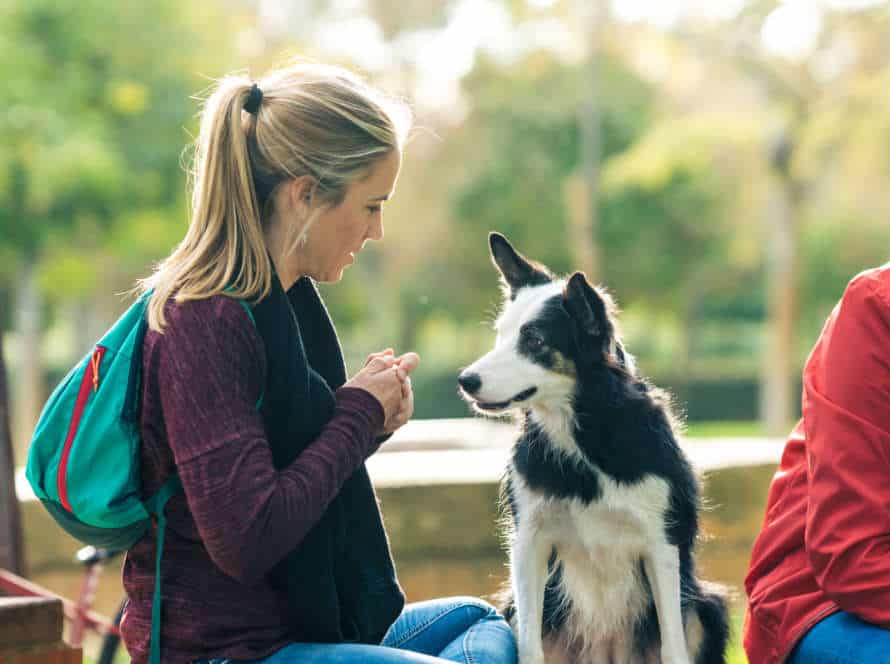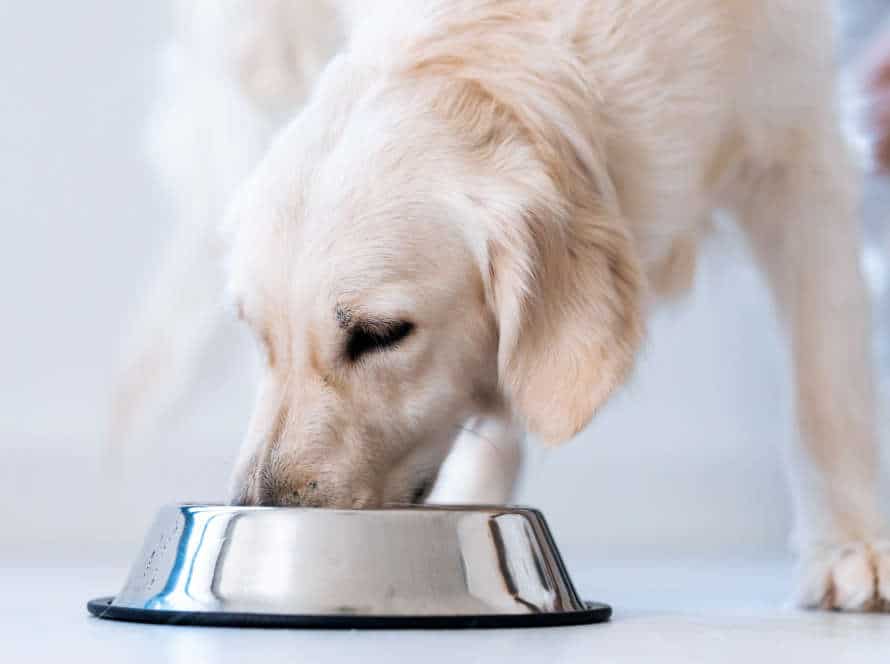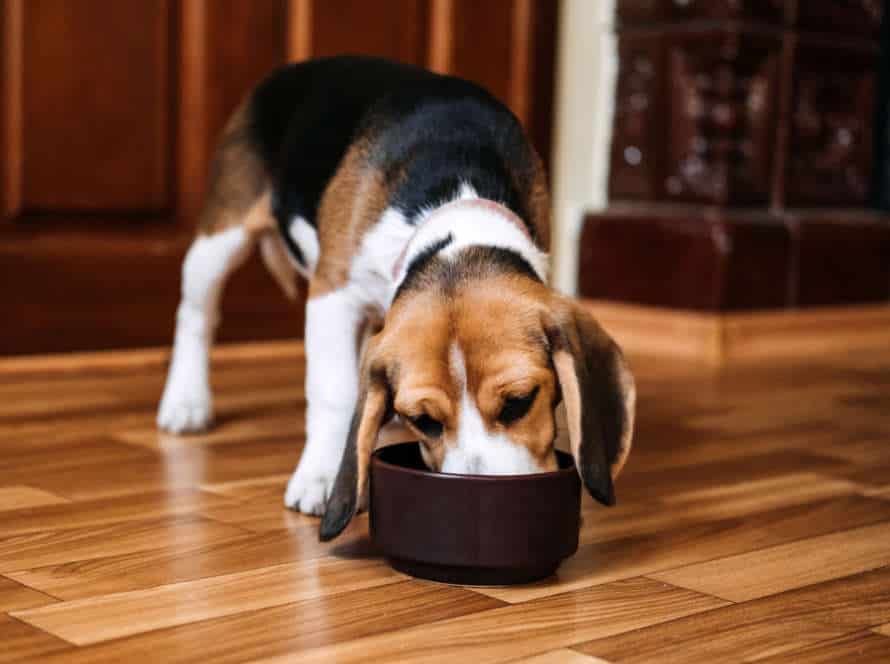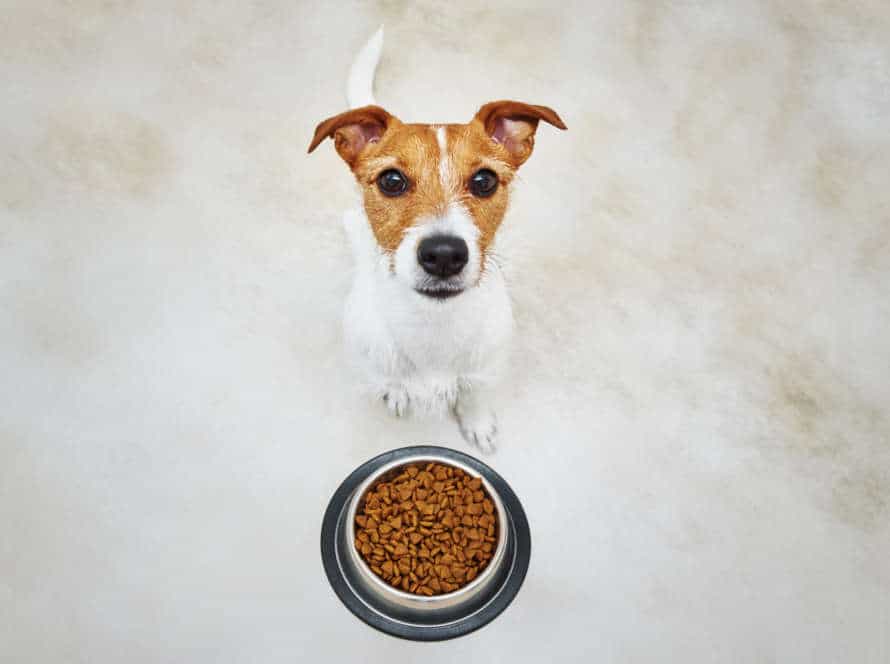Puppies and Positive Reinforcement: The Perfect Training Combination
Positive reinforcement is the best way to teach your puppy. This means rewarding them for good behaviour, instead of punishing them for bad. Here are some tips on how to use positive reinforcement:
- Treats: Hand out treats when your pup sits or follows your command.
- Praise: Use an upbeat, high-pitched tone to let them know they did well.
- Playtime: Play with your pup as a reward for listening. This builds the bond between you two.
- Clicker Training: Use a clicker to signify good behaviour and give a treat afterwards.
Patience and consistency are important. And training should always be a positive experience for your puppy. When you reward your pup for good behaviour, you’ll notice great results in their behaviour and the connection between you two.
The Importance of Positive Reinforcement for Training Puppies
Training puppies? Difficult, even for experienced owners! Important to use positive reinforcement. What is that? Rewarding desired behaviors with treats, verbal praise, and physical affection. This article is all about positive reinforcement and how it helps puppies.
Understanding Positive Reinforcement Training
Positive reinforcement is a training method that rewards good behavior, motivating puppies to repeat it. Unlike punishment, positive reinforcement creates a positive relationship between nice actions and rewards. Using this technique, you can create a strong bond of trust and obedience with your pup while teaching them manners.
Benefits of positive reinforcement training:
- Establishes a strong bond between the owner and pup.
- Helps puppies learn quickly and remember better.
- Encourages puppies to do the good behavior again.
- Makes the learning experience for puppies pleasant.
- Reduces stress and fear when training.
When training, use treats, toys, and praises as rewards. Stay patient and consistent. Avoid harsh methods or punishment!
Benefits of Positive Reinforcement Training over Other Methods
Positive reinforcement training for puppies is a fantastic way to teach desired behaviours! It has many benefits compared to other training techniques.
Benefits include:
- Strengthening the bond between pup and owner by creating a pleasant, stress-free learning environment.
- Dogs respond better to positive reinforcement than harsh methods, like punishments. This can help avoid anxiety and aggression.
- Rewarding good behaviour reinforces desired behaviour and boosts confidence.
- It encourages a proactive approach to training, teaching the pup to think not just follow orders.
Pro tip: Consistency and patience are key when training a puppy. Positive reinforcement works best when done in short sessions, with rewards for progress.
Examples of Positive Reinforcement Training Techniques
Positive reinforcement is a training method that rewards good behavior rather than punishing bad. Here are a few examples you can use to train your pup:
- Treats: Give a treat right away if they do something you like, e.g. sit or come when called.
- Praise: Give verbal praise and pet them when they do something good, such as being obedient and calm.
- Clicker training: Use a clicker to mark and reinforce things like sitting or lying down.
- Playtime: Reward them with playtime for desirable behavior like coming or staying on command.
Positive reinforcement is great for training puppies as it pushes good behavior and strengthens the relationship between you and your pet.
Tips for Effective Positive Reinforcement Training
Positive reinforcement training is fab for teaching puppies good habits quickly. Get the most out of it by understanding the basics. Here are some tips for success:
- Give rewards for success.
- Make sure treats are yummy and accessible.
- Be consistent – same rewards, same commands.
- Be patient – it takes time for pups to learn.
- Praise your pup for a job well done!
Start Simple and Move Gradually to More Complex Skills
Positive reinforcement training is a great way to train your puppy. Start with simple commands like “sit” or “come”. Reward them with treats or praise if they do it right. As they get better, move on to more complex skills. Always be consistent with rewards and praise. Avoid punishing them if they don’t comply. Use high-value treats or toys to keep them motivated. Keep the training sessions short but positive. Gradually increase the duration as they get more skilled. This will help you build a strong bond with your puppy and help them learn essential skills. So, start small and keep building gradually for the best results.
Consistency and Timing are Key
Consistency and timing are essential for training a pup. To be successful, you must be consistent and use reinforcement at the right time.
Consistency means the same rules and rewards every time your pup performs a desired behavior. This helps them understand what is expected of them and what rewards they’ll receive.
Timing is also key; reinforcement must be given right after the desired behavior. This helps the pup understand that the reward was for that behavior, so they’ll be more likely to repeat it.
Remember to keep consistency and timing in mind when using positive reinforcement techniques. With these elements in place, your pup will be well-trained and well-behaved.
Pro Tip: Always keep treats handy for instant rewards for a job well done!
Use Treats and Affection to Reinforce Positive Behaviors
Treats and affection are a great way to reinforce positive behaviors when training your pup with positive reinforcement. This increases the chance of them being rewarded, encouraging them to repeat the desired action. Here’s some tips to make it successful:
- Use yummy, high-value treats – like chicken, cheese, or liver – to motivate them.
- Reward desirable actions like sitting or staying, immediately and often.
- Give verbal cues like “good dog” to link the reward to the behavior.
- Also use praise, like petting and belly rubs, to make the reward attractive.
- Don’t punish or scold for misbehavior – ignore the undesired action and focus on the good stuff.
- Consistency and patience are key – regular sessions will lead to a well-trained pup.
Common Mistakes to Avoid in Positive Reinforcement Training
Training your puppy with positive reinforcement is a great way to create a strong bond. It can help your pup become well-mannered and obey basic commands. But, mistakes can be made. Let’s look at the most common errors to avoid when training your puppy with positive reinforcement.
Inconsistency in Training and Reinforcement Methods
Inconsistency in training and reinforcement methods is a mistake to avoid when training puppies with positive reinforcement. Here are some reasons why:
- It causes confusion. Puppies need consistency to comprehend what’s expected of them.
- It sends mixed signals. Different commands or methods every time leave puppies clueless.
- It breaks trust. Inconsistent training erodes trust puppies have in their owners.
To combat this, make sure you:
- Use the same commands and cues every time.
- Stick to a regular routine and schedule.
- Positively reinforce good behaviour consistently.
By being consistent, you can help your puppy learn faster and build a strong bond. Pro tip: Be patient and give your pup time to learn.
Overusing Treats and Reinforcement
It is easy to overuse treats and reinforcement when training puppies using positive reinforcement. This can lead to issues such as obesity, dependence on rewards, and a lack of intrinsic motivation.
To avoid this, try the following:
- Start by using treats and reinforcement sparingly. Gradually increase their use as your puppy’s behaviour improves.
- Verbal praise and physical affection should be given alongside treats and reinforcement. This helps your pup learn to respond to multiple forms of positive reinforcement.
- Keep training sessions fun and interesting for your pup with different types of rewards, like toys, games and treats.
- Do not reinforce unwanted behaviours or give treats for no reason. This can confuse your puppy, and reduce the effectiveness of positive reinforcement training.
Failing to Address Negative Behaviors
Failing to tackle bad behaviors is a blunder to dodge in positive reinforcement training when it comes to pups. It’s essential to not only encourage positive actions but also swiftly and regularly redirect or discourage negative ones. Ignoring negative behaviors such as gnawing or biting can cause more severe issues later.
Instead, try these techniques:
- Redirect the behavior: When your pup begins showing a negative behavior, switch their focus to a toy or treat they are allowed to chew or play with.
- Positive reinforcement: Whenever your pup does positive behaviors like following orders or being quiet and peaceful, reward them with treats, pets, and love.
- Consistency: Establish boundaries and stick to them, don’t permit negative behaviors one day and prohibit them the next.
By using these techniques, you can address negative behaviors and avoid mistakes in positive reinforcement training, creating a well-mannered and cheerful pup.
Training Tools and Resources for Positive Reinforcement Training
Positive Reinforcement Training (PRT) is a darling technique to train puppies. Reward them for their desired behaviors! This allows owners to create their pup’s behavior and get them to obey commands. Many training tools and resources are available to help owners with PRT. Let’s have a peek at the best options.
Essential Training Tools for Positive Reinforcement Training
Positive reinforcement training is a great way to train your pup. Here are the essential tools for it:
- Clicker – a handheld device that makes a clicking sound when pressed. It’s used to let the pup know when they’ve done something good, and they’ll get a treat.
- Treats – small, tasty snacks for good behaviour.
- Leash and harness – to teach pup to walk, and stop them running off.
- Toys – rewards for good behaviour, and to distract pup.
- Books and online resources – tips and tricks for positive reinforcement training.
Pro tip – be patient and consistent. Positive reinforcement takes time and effort, but it’s worth it! You’ll both benefit from the bond.
Recommended Books and Online Resources for Positive Reinforcement Training
Positive reinforcement is a popular way to train dogs. To get the best results, there are books and online resources to help. Here are some to consider:
Books:
- “Don’t Shoot the Dog” by Karen Pryor – for a complete guide to positive reinforcement.
- “The Power of Positive Dog Training” by Pat Miller – step-by-step instructions on how to use positive reinforcement.
- “Clicker Training for Dogs” by Karen Pryor – an introduction to clicker training and positive methods.
Online Resources:
- Association of Professional Dog Trainers – a directory of certified positive reinforcement trainers.
- Karen Pryor Academy – certifications and programs in positive reinforcement.
- Animal Humane Society – free courses on positive reinforcement techniques.
Use these books and resources to learn positive reinforcement and improve your relationship with your pet.
Recommended Professional Trainers for Positive Reinforcement Training
Positive reinforcement training is a great way to train your pup! To get the best results, pick the right professional trainer. Here are 3 highly recommended trainers for positive reinforcement:
- Victoria Stilwell – she is world-renowned and uses communication & trust building.
- Zak George – his 20 years of experience and positive reinforcement teaching is popular online.
- Karen Pryor – she is a behavioral biologist and clicker training pioneer. Her methods are based on science and emphasize the bond between pup and owner.
For the best results, make sure the trainer you choose uses positive reinforcement methods and has experience with puppies. Ask for referrals or read reviews to find the perfect fit for you and your pup.
Frequently Asked Questions
Q: What is positive reinforcement training for puppies?
A: Positive reinforcement training for puppies involves rewarding good behavior with praise, treats, or play instead of punishing bad behavior.
Q: Why is positive reinforcement important for training puppies?
A: Positive reinforcement creates a more positive and enjoyable training experience, strengthens the bond between puppy and owner, and encourages desirable behavior.
Q: How do I start using positive reinforcement training for my puppy?
A: Start by identifying what rewards (such as treats or praise) your puppy responds to best, and use those rewards to reinforce good behavior. Be consistent and patient in your training, and always avoid punishing your puppy.
Q: Can positive reinforcement training work for all puppies?
A: Positive reinforcement training is effective and suitable for most puppies, but it may not be as effective on puppies with some behavioral issues or medical conditions.
Q: When should I start positive reinforcement training for my puppy?
A: Puppies can start positive reinforcement training as early as 8 weeks old, as long as they have had time to adjust to their new home and begin basic training commands.
Q: What are some common mistakes to avoid when using positive reinforcement training for puppies?
A: Common mistakes to avoid include using inconsistent rewards, punishing bad behavior, using rewards that are not motivating for your puppy, and not being patient and consistent in your training.

